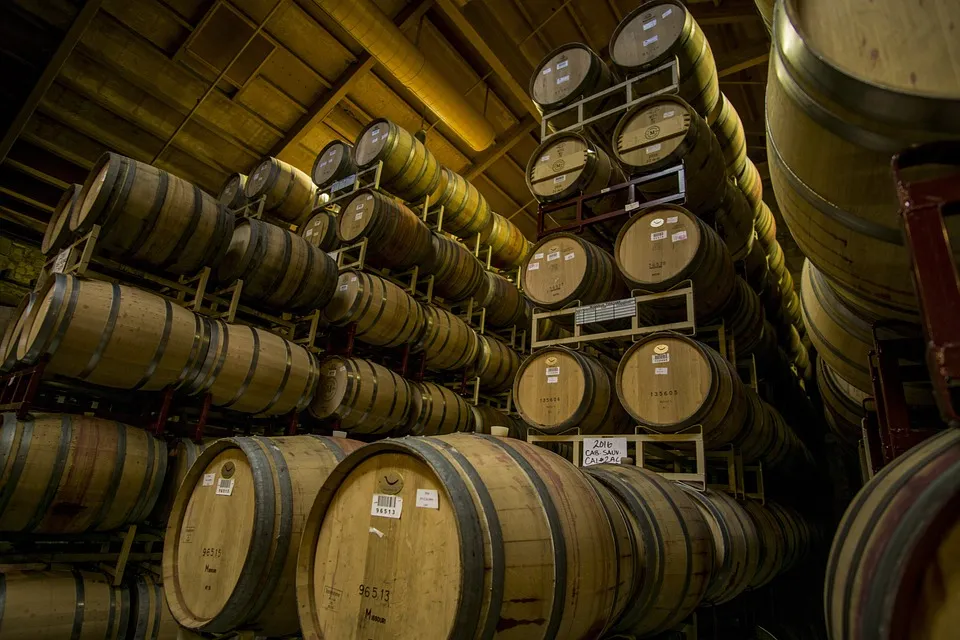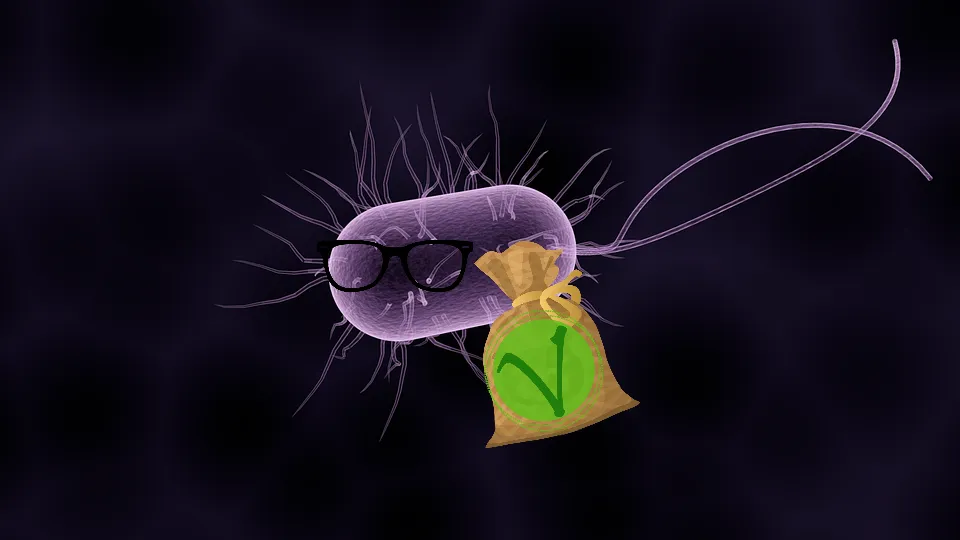
I’m going to assume that most of you already heard the term “fermentation”, often in connection with food that’s supposed to bring health benefits.
After all the medical posts by me recently, I chose to not talk about possible (or impossible) health benefits but wanted to focus more on the question what fermentation is and where we encounter it.
A friend recently asked me what fermentation is and why microorganisms do it. Surely, the yeast doesn’t produce alcohol just for us humans to enjoy as beer or wine? There has to be a reason for it, a reason different than just because, lol.@suesa

Cells need energy to survive. They like to use glucose to get that energy, as it’s a simple sugar molecule that’s easily broken down. Most microorganisms we encounter (and our own cells) need oxygen for that breakdown process. The pathway is a bit complex and I won’t try to explain it in detail, as it would make the post way too long and possibly boring. But the basic order of processes is glycolysis, oxidative decarboxylation, the citrate cycle and a final oxidation.
If there’s no oxygen, the chain is interrupted after the glycolysis. That sucks for the cell, as it usually needs the other steps too to keep a steady balance of NAD+/NADH, a crucial molecule in cellular processes. To ensure this, there are steps added after the glycolysis that don’t depend on oxygen.
And then you have … fermentation, an alternative way of breaking down glucose, to ensure that the cell can survive even under less than ideal conditions.
I already mentioned yeast, which produces ethanol (alcohol) and CO2 if kept under low oxygen conditions. The problem is, that ethanol is toxic to yeast cells and at a certain percentage, they die off. That explains why drinks with a high alcohol percentage need to be distilled.
Directly connected to the production of beer and wine is the production of bread, at least if it’s done in the traditional way and not with baking powder. Yeast in the dough ferments the flour which creates CO2 bubbles.

The whole process doesn’t just fluff up the dough but also causes structural changes and the development of the typical “bread” taste (to learn more about bread making, check out @apsu ) For this to work, the yeast needs a certain temperature, about 30°C to 40°C, so don’t keep your dough too cold or too hot while it rises!
One fermented food you likely encounter daily is chocolate. Yes, chocolate is fermented!
When the cocoa beans have been picked, their pulp is fermented for 7 days at up to 50°C, which kills the beans and creates a specific flavor. If done wrong or too long, the beans go bad because of unwanted bacteria (remember, they need yeast and bacteria to ferment the beans) and fungi.
So, who do we have to thank for chocolate and beer? Microorganisms!

Fermented food is commonly found in all parts of Asia. One example would be fermented fish, which is common in the Philippines. They typically have two groups of fermented fish, those with a high salt concentration (up to 20%) and those that are sour when they’re done.
The sour fish isn’t the only case where fermentation and acid production come hand in hand. Salami is a fermented sausage and if produced in the USA, the fermentation process usually happens fast and at 40°C, which causes the PH to rise drastically. Compared to European Salami, the taste is a lot different. If you ever compared the two and wondered what the hell happened, you now know why.
European salami is fermented at comparably low temperatures of 22°C to 26°C. Instead of having a high concentration of acid (which is supposed to kill off unwanted bacteria), the sausage is dried to keep it from spoiling. This creates a completely different flavor.

After possibly ruining several foods for you, because you just realized that you’re basically eating microorganism poop (or maybe this is the point you noticed it, in that case, I’m so not sorry), let me give you one last example where fermentation happens:
In your own body!
Your muscle cells need oxygen, but if they don’t get enough of it, they do something called “lactic acid fermentation”. The end product of that is lactate. Some say that’s the reason for sore muscles after you’ve exercised hard, but there are voices against it. One more thing people constantly fight about.
I’ll end my post with a fun sentence the owner of a local, vegan restaurant once said:
This paste is made out of cashews, fermented by vegan bacteria!
If anyone can tell me what exactly makes bacteria vegan, I’ll be very impressed.
Do they only eat plants? Can you put them on a piece of meat and they die off?
Who knows?
He didn’t.

Fermentation and anaerobic respiration
The microbiology of cocoa fermentation and its role in chocolate quality
Fermented Fish Products in the Philippines
Picture taken from pixabay.com, the “vegan bacteria” is my edit.
